A quick word of introduction. My name is Stuart McDonald and this is Couchfish—the perfect tub of ice-cream for the traveller stranded on the couch. The newsletter has both a paid edition which traces a fantasy itinerary through Southeast Asia, and a free one that covers, well, everything else. If you’d like to support me finding more tourism stuff to moan about, please consider becoming a paid subscriber. Thank you.
Those who have read my series on Java’s Mount Bromo may, upon reading the title of this piece, be thinking “Oh here we go again.” In my defence, I would like to note that the following took place before I went to Bromo, not after. Or, to put it another way, I didn’t learn from my mistakes there rather I didn’t learn anything from here.
When people, aghast at what downtown Ubud has become, ask me for alternatives, I ask what they love in life. If they answer rice field walks, I point them to Sidemen in Bali’s east. If they are more waterfall people, I suggest Munduk, in the west. Today, I’m all about the latter.
Temperature drop. Photo: Stuart McDonald.
Munduk stretches out shoelace-like along a western ridge of the greater Bedugal caldera. As you leave the rim and dogleg down, to the north there’s views to the Bali Sea and to the south, the Indian Ocean and Java beyond. Not that you get much time to gaze—the winding—and often slippery—road demands attention.
The cooler climate an altitude of around 800 metres delivered made Munduk a favourite among the colonialists. They flocked here both for something remotely closer to Dutch temperatures, but also for the fertile soil. While further afield is lashed with paddy, Munduk’s immediacy is all about cloves, coffee and other cash crops.
Do linger for a moment before rolling down the slope to Munduk. Photo: Stuart McDonald.
The Dutch left behind more than fragrant cloves and bitter coffee—a clutch of their colonial period buildings live on midway along the shoestring. Today rather than housing plantation owners they’re instead welcoming tourists. I stay elsewhere, but for those looking for a colonial keepsake, they’re worth a look.
It’s near this colonial outpost though that I receive the fateful instructions that title this piece. When asking directions to Melanting Waterfall, the first of three I plan to take in on foot, I’m told clearly and succinctly:
“Take the left and keep going.”
These things always start simple. Photo: Stuart McDonald.
It’s just after Taman Ayu Homestay I spy what must be “the left.” There’s no sign or anything, but it seems like the best of, well, no other options. It drops me down the side of the ridge in no time, Munduk’s little traffic fades behind the dogs, roosters and birdsong. Mimicking my descent, the footpath degenerates. Hardtop to dirt, dirt to mud, narrowing all the time till it’s no more than sodden grass hemmed in by bushes. The waterfall though I can hear, and so I press on.
Of course I shouldn’t have. The waterfall’s siren call beckons me and so despite understanding I’m lost, I continue. Then out of nowhere a trail appears—a good sign—and a bridge—not such a good sign. I realise I’m above the falls and turn back.
Clearly on the right track. Photo: Stuart McDonald.
Not all the way back—or at least, not back to the house with the dog—but most of the way back, and I take a right. I’d reached this junction earlier, but thinking the turn was to an even rattier trail, I’d ignored it. Now however, it was clear—ratty be the way. Fifty metres or so in on Jalan Ratty, the trail splits again, I take the wrong turn and persist for a hundred metres before turning back and taking the worse trail.
The worse trail taps out at mossy boulders I slip and slide over. There’s spider webs aplenty, mosquitos the size of crows with panther-sized teeth. I can hear the falls, I must be close, I must continue.
I reach a cutting in the middle of nowhere with a fall-down woodshed guarded by an upright dog. I take my leave, scattering back into the woods. There’s a trail of sorts and it’s heading in the right direction—down ... and away from the dog.
Almost there. Photo: Stuart McDonald.
Down, down, down. I stumble upon another trail, remnants of stone steps, everything is wet, slippery as hell—I’m so glad I’m wearing flip flops. I’m beside a river now and I convince myself I’m below the falls—I have to be. I stick to the trail, switching to walking in the river where the trail has collapsed. I haven’t seen another person the entire time.
The trail veers to the right, and there, right in front of me, is a set of perfectly manicured—and clearly well-used—stairs. No doubt leading down from the “other left.” There’s no point in swearing though as nobody would hear me—at this point the falls are deafening. I push on and finally glimpse them.
Achievement unlocked. Photo: Stuart McDonald.
Despite my poor planning, I’ve somehow timed my arrival perfectly, with the sun sitting immediately behind the mouth of the falls. Melanting is at full tilt and pouring into a tightly enclosed, forest-wrapped cup. The air is sodden, rushing out and past me aboard the frosty wind the falls whip up.
There’s not a soul here, and I sit, soaked to the skin, breathing in the mist, eardrums reverberating with the fall’s boom. Birds carve through the soaked sunlight above and the ground and trees are crawling with critters. There’s a rhythm to it all, hypnotising even, then my meditation shatters.
On another visit, with the kids, we used the stairs. As you can see by my hunched over son, they loved it. Photo: Stuart McDonald.
A good-sized log, at least a couple of metres, clutters over the falls and bangs down the waterfall’s sides, crashing into the base. Through some weird acoustic quirk, it sounds exactly like a smashing glass bottle, and the birds scream, lifting aloft as one.
It’s time to go—I’ve got two waterfalls to go—but I’ll be taking the stairs out.
How long to stay in Munduk
I’ve been to Munduk a bunch of times and reckon it is worth a minimum of two nights. There’s the waterfalls for starters—while I only stumble to one in the above, I did manage to get to three on this wander and there are more.
Another day, another waterfall. Photo: Stuart McDonald.
The popular and most accessible waterfalls are on the north side of the ridge, while on the south site there is a broad valley perfect for aimless wandering. Instead of rice it is filled with mostly cash crops, with plenty of cloves, fruit and coffee. You don’t really need a guide for any of this, but if you want to use a guide, your accommodation should be able to sort you out.
Further afield, there’s Tamlingan Lake and its attached reserve. Most only stop on the rim, from where there are terrific views—and a few cafes to enjoy said views from—but there’s also decent trekking—and camping—possibilities lakeside.
Some good spots to stay in Munduk
Most of Munduk’s accommodation is clustered along the ridge road. Options vary from affordable homestays through to quite smart freestanding bungalows. You’re unlikely to need to book one of the cheaper places in advance, but as a few tour groups do use Munduk for an overnight stop, the pricier places do tend to fill, especially in high season.
I’ve stayed a number of times at Puri Alam and while the rooms are a bit rough and ready, their rooftop restaurant has great views, and I love their horizon pool—even if the water is freezing. Rooms start at around the 250,000 rupiah mark. For something a bit cheaper, consider Munduk Panorama.
Down time with the kids at Puri Alam. Photo: Stuart McDonald.
The colonial place I mentioned up-top is Guru Ratna, which floats around the 300,000 rupiah mark. This one does fill up fast and lacks great views—you’re paying for the colonial stuff.
For something a bit more up-market, but still central, Puri Lumbung sits on the north side of the road, a bit of a walk from the centre of things. The views are great, and the rooms can offer up plenty of (somewhat dated) character, but they are not all as well-appointed as one another. If you show up and your room feels like not the best, ask to see another. Starts at around 1,000,000 rupiah.
Meet Puri Lumbung. Photo: Sally Arnold.
If you’re after something spendier still, there are a few more luxurious options well out of town—you will though need your own transport if you plan on spending a lot of time in town. Munduk Moding Plantation (from around 2,800,000 rupiah) is a reliable option at this price point. Another that comes recommended, though which I’ve not seen for myself is Desa Eko (from around 1,200,000 rupiah).
Just a disclaimer here, Agoda is a Travelfish partner, so if you book a room through them a commission may be payable to us.
Couchfish is 100 per cent independent and reader-supported. If you’re not already a subscriber, and you’d like to show your support, become a paying subscriber today for just US$7 per month—you can find out more about Couchfish here—or simply share this story with a friend.
Don’t forget, you can find the free podcasts on Apple, Pocket Casts and Spotify as well as right here on Couchfish.

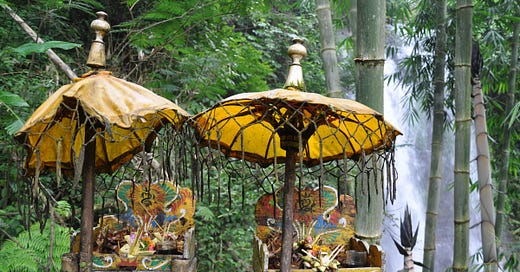

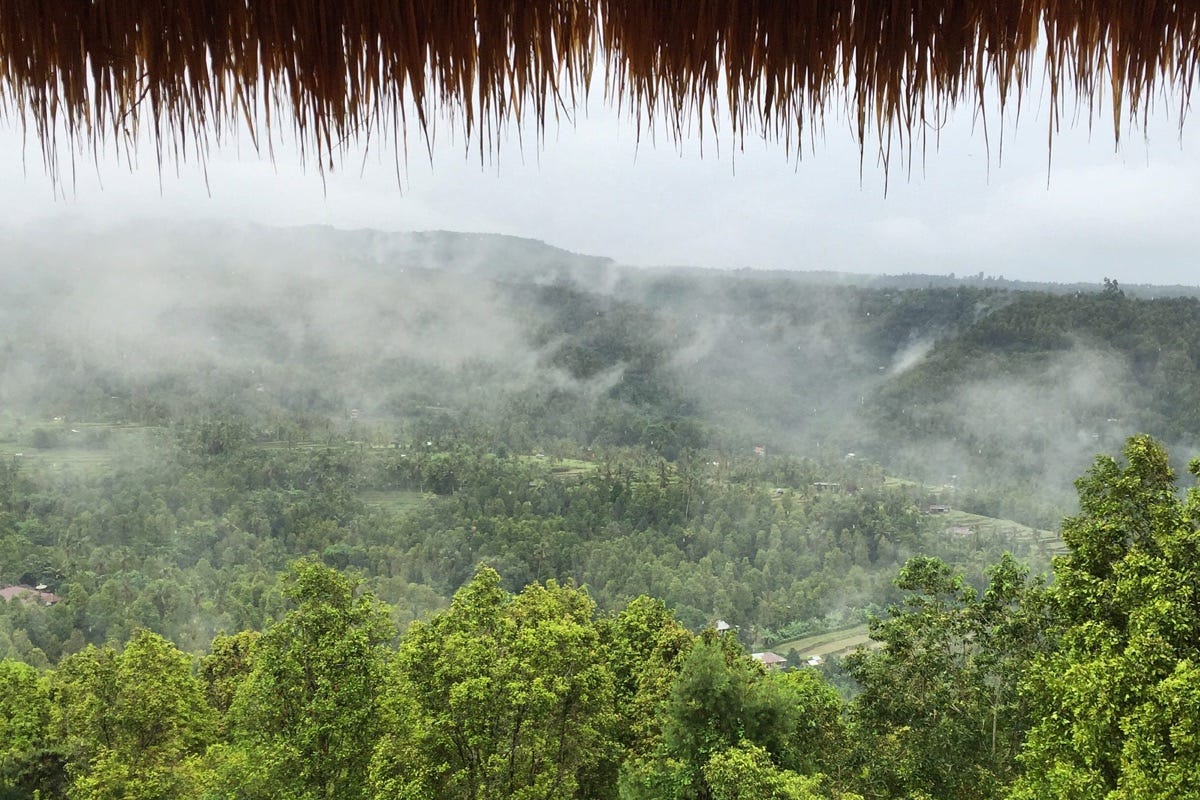
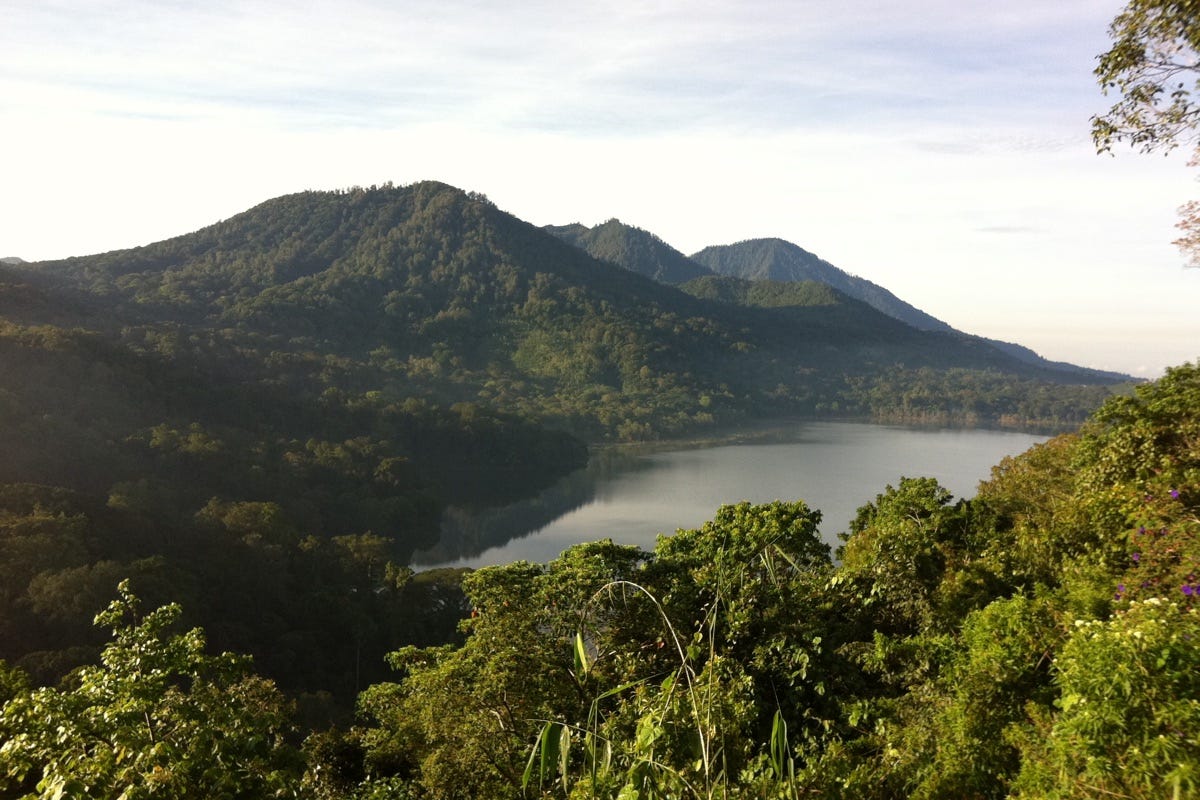



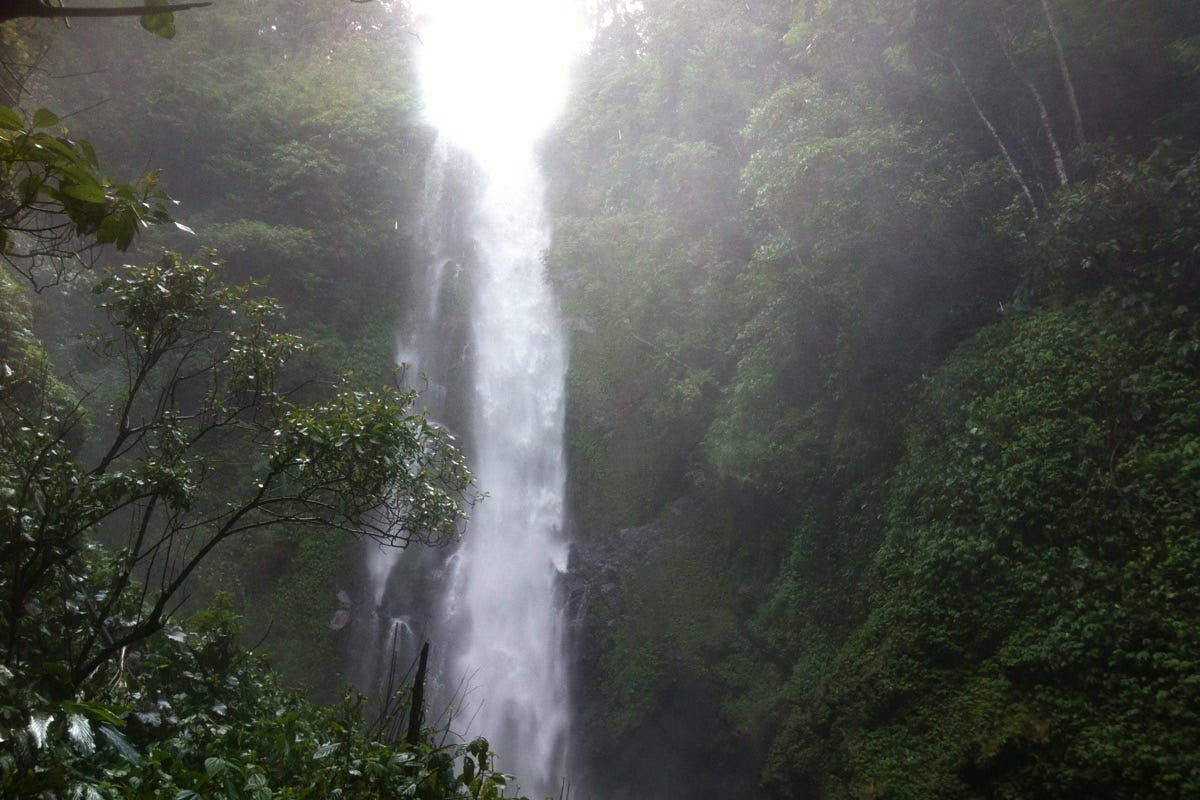
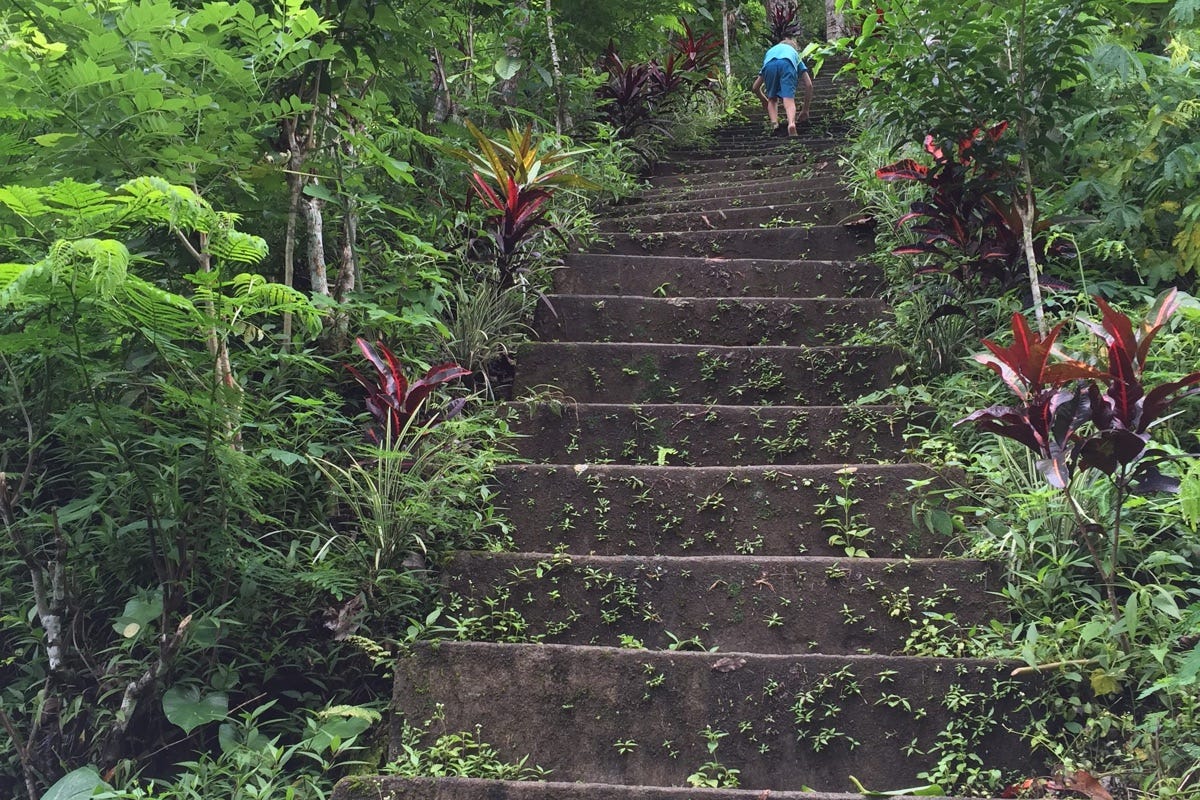












Share this post